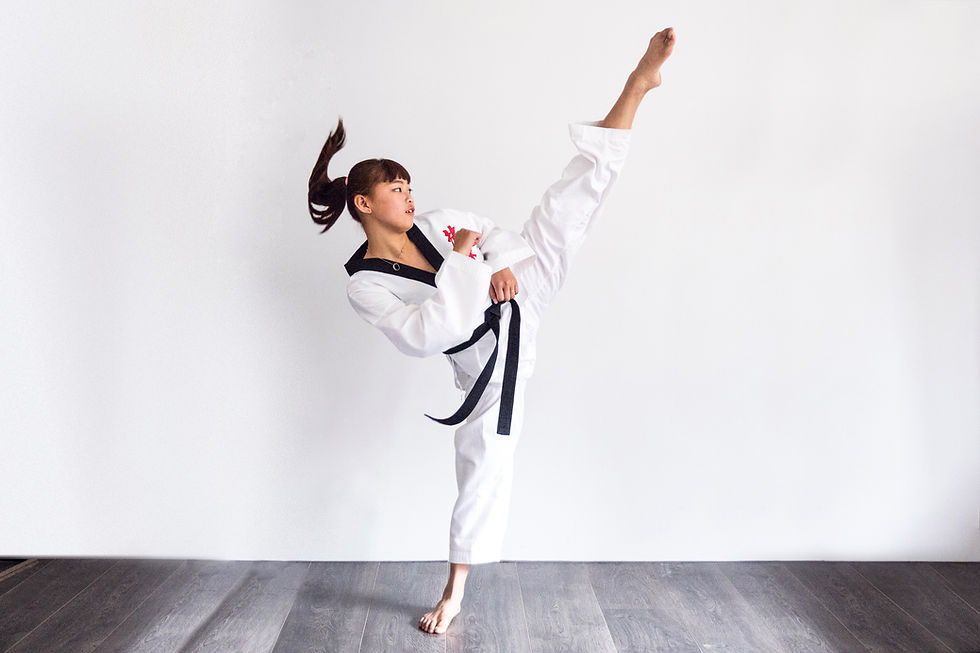Mobility: A Journey, Not a Destination
- Tim Pendergrass

- Feb 21, 2024
- 3 min read

Introduction to Mobility
Mobility is a term that's become ubiquitous in the health and wellness landscape, yet it is often misunderstood or conflated with other concepts such as flexibility. At its core, mobility refers to the ability of an individual to move freely and easily through a range of motions within the body. It's a multifaceted attribute, encompassing not just the physical ability to move but also the control, balance, and efficiency behind those movements.
What Mobility Is and Isn't
It's crucial to distinguish mobility from flexibility, though the two are related. Flexibility refers to the passive range of motion available at a joint or set of joints – essentially, how far you can stretch or bend parts of your body with external help or under their own weight. Mobility, on the other hand, is about active movement: the ability to control and utilize the full range of motion effectively. Therefore, while flexibility is a component of mobility, being flexible doesn't necessarily mean you're mobile.
Joint-by-Joint Perspective
The concept of a joint-by-joint approach to mobility, initially popularized by rehab specialists and strength coaches, highlights the interdependent nature of the body's joints. This perspective suggests that certain joints are primarily designed for stability (such as the knees and lumbar spine), while others are geared towards mobility (such as the hips, thoracic spine, and ankles). Issues arise when these roles are not fulfilled properly – for example, a lack of hip mobility can lead to an excessive strain on the lower back. The reality is that this theory is just that, a theory, and debate exists as to if this is actually how the body prioritizes joint function. We'll post more on this later, but for now understand that this theory illustrates the point that each of our body's joints are reliant on the other joints for our movement and our overall function.
The Holistic View: The Body as a Whole
Moving beyond individual joints, it's essential to consider the body as an integrated system. True mobility means that all parts of the body work in harmony, allowing for smooth, coordinated, and efficient movements. This holistic approach considers not just the skeletal structure and muscles, but also the nervous system which plays a crucial role in motor control and coordination.
Facets of Mobility
Flexibility: As mentioned, this is the ability of your muscles and other soft tissues to stretch. However, flexibility without strength or control over that range of motion can lead to instability and injury.
Motor Control: This involves the ability of the brain and nervous system to direct and coordinate the muscles in movement. Good motor control means moving with precision and efficiency, reducing unnecessary strain or overuse of muscles.
Balance: Balance is the ability to maintain your center of gravity over your base of support. It's crucial for all movement and becomes increasingly important in dynamic and complex activities. Improving balance enhances mobility by ensuring that movements are safe and effective.
Muscle Performance: This encompasses strength, endurance, and power – all necessary for effective movement. Strong, well-conditioned muscles are less prone to fatigue, which means they can sustain the demands of both everyday activities and athletic performance.
Tying It All Together
Improving mobility means addressing all these components in a balanced and integrated manner. For example, enhancing flexibility through mobility work is more effective when combined with strength exercises that stabilize the newly gained range of motion. Similarly, practicing balance and motor control drills can help translate increased mobility and muscle strength into smoother, more coordinated movements.
Regular mobility training can lead to noticeable improvements not just in how you move, but in how you feel – potentially reducing pain, decreasing the risk of injury, and improving overall quality of life. Remember, mobility is a journey, not a destination; it requires consistent effort and integration into your daily routine.
Conclusion
Understanding and improving mobility is about looking beyond isolated exercises or stretches. It's about integrating flexibility, motor control, balance, and muscle performance into a cohesive and sustainable approach to movement. By adopting a holistic view, from the individual joints to the body as a whole, you can enhance your mobility, improve your performance, and enjoy a healthier, more active lifestyle.





Comments